The process of coffee production: from seed to cup
Posted: 15 September 2025 | Rudy Caretti (Gimoka Coffee) | 11 comments
Coffee is one of the most beloved beverages worldwide. Part of its appeal has been attributed to the fact that coffee has a higher caffeine content than most naturally produced beverages, such as tea and cocoa. In this article we will look at the process of coffee production from seed to your cup.
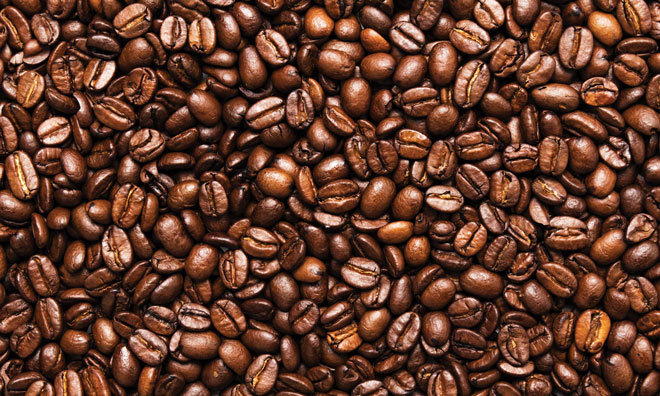

The journey from a coffee bean on a farm to a final product in a roastery is part of a complex supply chain that is increasingly focused on sustainable and regenerative practices.
(This article was originally published on October 14, 2016, by Rudy Caretti and has been updated with new information and trends for 2025 by the New Food editorial team.)
Planting & sustainable sourcing
Coffee beans are actually seeds. If unprocessed coffee seeds are planted, they can germinate and grow into coffee plants. The seeds are normally planted in large shaded beds. After sprouting, the young seedlings are left to grow for a few days before moving them to individual pots with carefully formulated soils for optimal growth. Today, this process is increasingly tied to regenerative agriculture principles. This farming method focuses on restoring soil health, improving biodiversity, and creating more resilient coffee farms in the face of climate change. A growing number of consumers are now seeking brands that offer transparency in their supply chain and actively support these ethical farming practices.
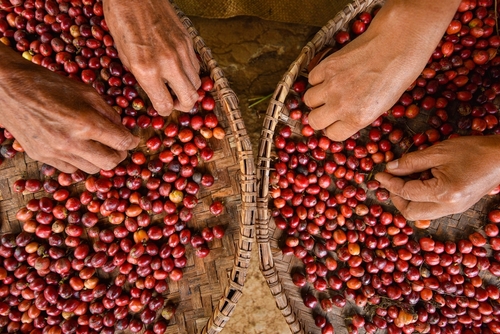

The careful hand-sorting of coffee cherries is a labor-intensive process that is still essential for producing the highest quality specialty coffee.
Harvesting & the focus on quality
Depending on the specific variety, it takes approximately 3-4 years for newly planted coffee bushes to bear fruit. The fruit, commonly termed cherries, turns from green to bright or dark red. Coffee can be hand-harvested to ensure that only the ripe cherries are picked. This is a labor-intensive process, and today’s focus on direct trade partnerships ensures growers receive fair wages and stable prices. While large-scale farms in countries like Brazil still rely on machine harvesting, the specialty coffee market is increasingly defined by the human-centric, selective picking method, which ensures the highest possible quality.
Cherry processing: the rise of innovation
After harvesting, cherries are processed as soon as possible to avoid spoilage. In addition to the traditional dry and wet methods, new, innovative fermentation techniques have emerged to create complex and unique flavor profiles.
- Anaerobic Fermentation: A modern method gaining significant traction, this process involves fermenting coffee cherries in sealed, oxygen-free tanks. This controlled environment allows for the development of distinctive flavors, often resulting in complex, fruity, or wine-like notes that are highly prized in the specialty coffee market.
- Data-Driven Processes: Technology now plays a key role. Sensors and data loggers are used to monitor fermentation parameters such as temperature, pH levels, and sugar content. This data-led approach allows producers to ensure consistency and experiment with flavor profiles in a scientific and repeatable manner.
Coffee milling & AI-powered sorting
Before being taken to the market, the dried coffee beans are processed as follows. Hulling involves removing the dried husk. After polishing (an optional step), the beans are sorted and graded based on size, weight, and color. While human hands are still used for final checks, large-scale milling now utilizes AI-powered optical sorters. These machines can process thousands of beans per hour, identifying and removing flawed beans with incredible speed and accuracy, far surpassing what human hands can do and ensuring the highest quality product reaches the market.
Coffee roasting: from art to science
Unroasted coffee is also known as green coffee, and such beans have all the flavours locked in them. Roasting seeks to transform the green coffee into the aromatic brown beans you buy in your favourite stores. Today, the process of roasting has been revolutionized by technology.
- Roasting Profiles: Expert roasters use digital roasting profiles and data logging to ensure consistency across batches. This allows them to precisely replicate a specific roast for a certain bean, guaranteeing the same flavor notes every time.
- The Rise of the Light Roast: There has been a significant shift in consumer preference. Light roasts are now prized for their ability to highlight the delicate, complex, and unique flavors of the coffee bean itself, which roasters can now achieve with greater precision than ever before.
The primary goal of a grind is to produce the most flavour in a cup of coffee. The type of coffee brewer used determines how fine or coarse the coffee should be ground. The type of grinding determines how fast the coffee can release its flavours. This is the reason espresso coffee is so finely ground. On the other hand, coffee prepared with filter coffee makers is coarse-grained (coarsely ground).
Coffee grinding & sustainable packaging
The primary goal of a grind is to produce the most flavour in a cup of coffee. The type of coffee brewer used determines how fine or coarse the coffee should be ground. Coffee is also now packaged in increasingly sustainable materials, with many brands moving away from plastic and opting for fully biodegradable or compostable packaging to meet consumer demand for eco-friendly products.
Conclusion
Coffee processing is a very human-intensive process, but it is one that is increasingly guided by technology and data. The industry is evolving to be more transparent, sustainable, and capable of producing more nuanced and flavorful coffees than ever before. While the core process from seed to cup remains the same, modern innovation has made the journey more resilient and the final product more diverse.
About the author
Rudy Caretti has more than 15 years of experience in the coffee industry – a passion that started in Italy within the family business and led him to found Gimoka Coffee UK with a group of friends who share the same passion. As a coffee connoisseur, Rudy has always been aware of the vital role played by coffee in most people’s social life and he is especially active through the company’s social media and blog. He loves sharing his knowledge with readers around the world, writing and posting articles that range from the coffee brewing techniques to raising awareness of the importance of responsible production to helping protect the rights of farmers and also protect the environment.
(This article was updated in 2025 by the New Food editorial team.)



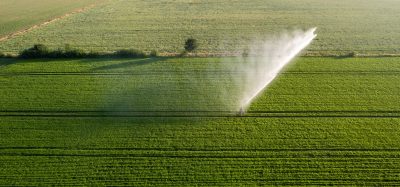
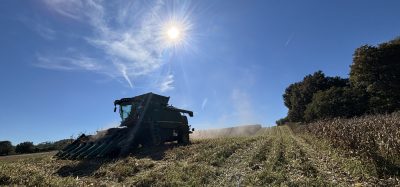
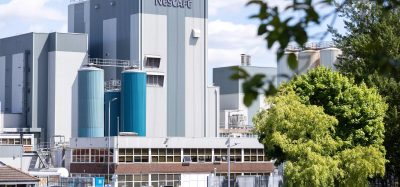




we will be setting up a coffee capsule fill-seal-pack line in Saudi Arabia, soon. W e are looking for a suitable candidate who has got some experience in coffee processing line ( drying the green coffee, mixing, roasting, grinding, storing and feeding to the capsule filling machine.
Can anyone recommend an adequately qualified and experienced candidate
Can I contact the writer?
How can I contact you please?
It is a very informative article; I learned a lot of things after reading this article. Before that, I didn’t know how much time it took to get a coffee fruit. Thanks for sharing this article. Great work. Keep it up.
Thanks for sharing valuable informarions for small scale coffee farmers
I love dark roasted coffees. The process is simply amazing. Thanks for writing it so well structured, step by step.
Thank u so much it helped me a lot for doing my project thank u
Thank you for sharing the post.
Wonderful article! I found so many new things and informative while reading your post. I just
want to give a thumbs up for your great article.
Thanks for sharing. keep it up.
nice post Thanks for sharing
nice post Thanks for sharing
I would love to be on a mailing list of future articles as they are posted.
This article was very informative. I am currently establishing my coffee farm in Guatemala to help support a school in which we are involved.